By continuing your visit to this site, you accept the use of cookies.
Learn + I agreeLearn more
Intracellular bacteria and viruses of amoebas
Did you know that members of the Legionellales, mycobacteria of the genus kansasii or avium, bacteria related to chlamydia (Parachlamydia) as well as giant viruses, such as Lausannevirus are able to survive inside amoebas ? These amoebas are naturally present in most water systems.
The current hypothesis is that the co-evolution of bacteria and amoeba has led to the emergence of virulence traits in the bacteria that allow it to resist alveolar macrophages once the bacteria gets in contact with humans through aerosols.
In addition, some mycobacteria, such as Mycobacterium avium, do not only survive but replicate inside free-living amoebas present in water systems. Thus, these unicellular protozoa are considered reservoirs and replicative niches for amoeba-resistant microbes (1).
When free-living amoebas are exposed to stresses they become encysted. This sturdy form protects any internalized bacteria. In addition, since amoebae feed on bacteria, genetic material from different sources is readily available and is thought to promote genetic transfer across species and even kingdom (2).
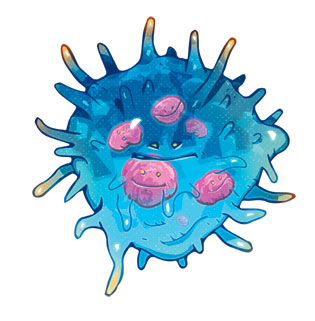
We have in our own research in Lausanne used amoebas as a tool to culture bacteria (3,4). This approach has yielded multiple novel bacterial species, such as Estrella lausannensis and Criblamydia sequanensis (5,6), two chlamydia-related bacteria. The same method was used to identify two novel giant viruses Lausannevirus (7) and Cedratvirus lausannensis (8). These viruses allowed us to better understand how microbes evolve in sympatric or allopatric conditions (9).
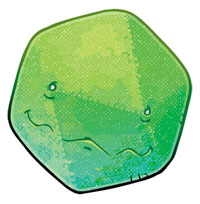
Nowadays, Legionellales, atypical mycobacteria, chlamydia-related bacteria and giant viruses represent the four major types of amoeba-resistant microbes.
Nevertheless, the diversity of amoeba-resistant bacteria is much wider and includes multiple members of the genus Bosea or Afipia, such as Bosea lascolae and Afipia lausannensis identified at the Institute of Microbiology in Lausanne (10).
We would like to highlight that a large fraction of amoeba-resistant bacteria are possible agents of pneumonia (11). Several studies on Parachlamydia acanthamoebae have suggested that this bacteria could be involved in respiratory tract infections and even be the source of 0.5-2% of community acquired pneumonia (12, 13, 14).
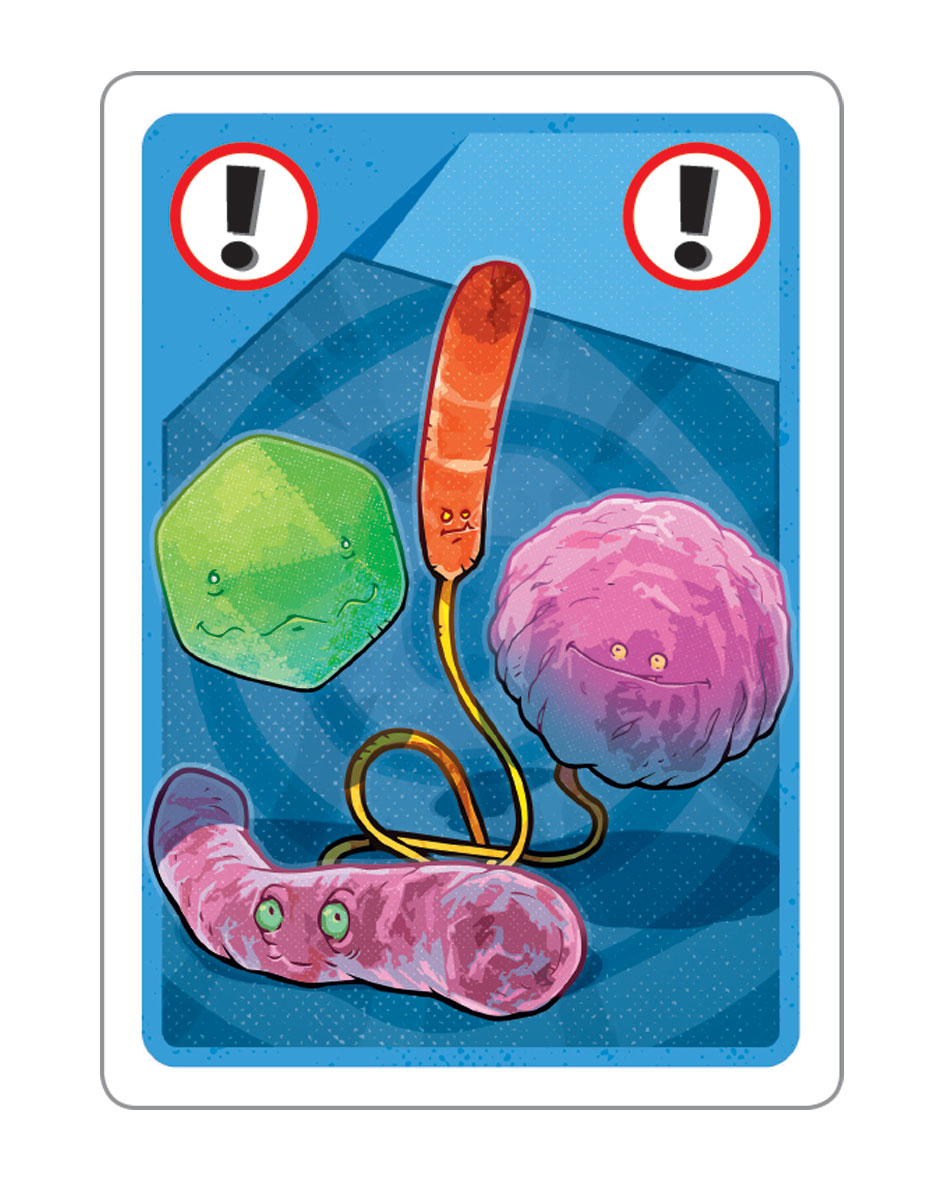
The risks are limited
Even though, hot tubs, humidifiers, diffusers and A/C can lead to exposure to different germs such as Legionellales that doesn’t mean you should freak out and worry too much about it !
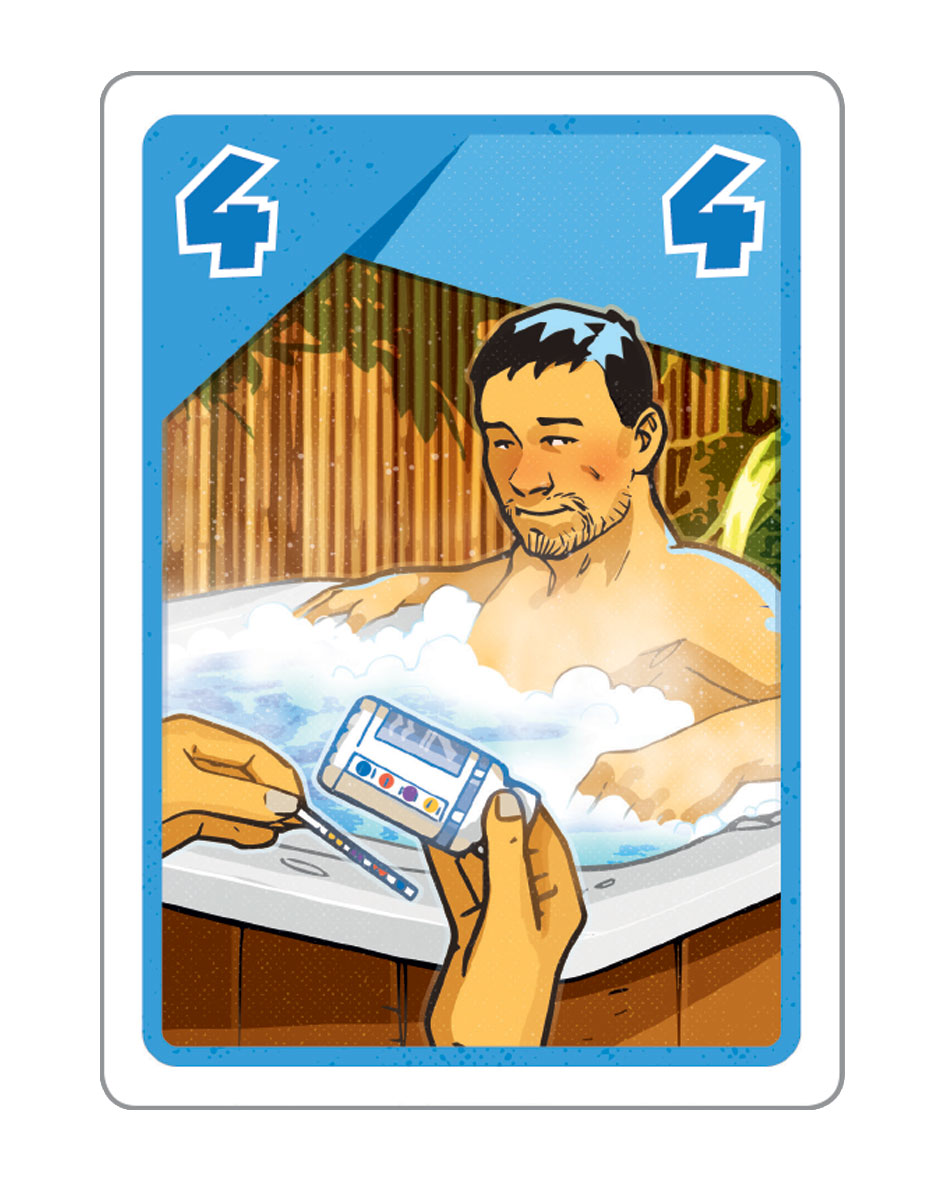
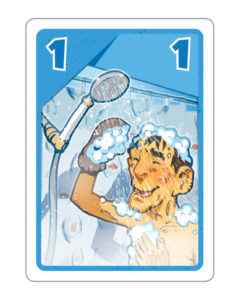
As we show in our low-risk activity cards a well-maintained humidifier or a clean and regularly used shower are not putting you at risk.
Standing water (e.g. in a shower head of a vacation home) is the major issue.
Problems arising from Legionellales and other amoebae-resistant microbes are mostly linked to artificial systems and the water pipelines. Large water surfaces such as lakes or ocean have only a low quantity of bacteria per gallon.

This is why we depicted water-skiing as a low-risk activity. Similarly playing with water from a frequently used faucet in a clean environment will be to low-risk to our children.

Drinking water
The research group of Prof. Greub at the Institute of Microbiology at the University of Lausanne works since 2004 in close collaboration with the water treatment company Suez-Ondeo in Paris.
The goal of this work is to better define the impact of different water treatment procedures (charcoal filtering, sand filtering, ozonation, chlorination) on the quality of the water upon exiting the facility and the possible risks of this drinking water for the public health.
Recent work demonstrated that chlorination can significantly reduce microbial diversity and lead to an enrichment of members of the genus Pseudomonas (15). These results suggest that a reduction of chlorine in water could reduce the presence of Pseudomonas, which are known to have a high rate of antibiotic resistance. This study supports the use of less chlorinated water in modern water treatment plants. Such a reduction might not only improve the taste of the water, but also minimize exposure to residual disinfectants.
This work has also allowed us to better describe the risks as well as the methods to identify them (16) and to show the important role that amoebas play as a biological by-pass within the water treatment facility (17).
References
- Greub G, Raoult D. Microorganisms resistant to free-living amoebae. Clin Microbiol Rev. 2004 Apr;17(2):413-33.
- Bertelli C, Greub G. Lateral gene exchanges shape the genomes of amoeba-resisting microorganisms. Front Cell Infect Microbiol. 2012 Aug 21;2:110.
- Tosetti N, Croxatto A, Greub G. Amoebae as a tool to isolate new bacterial species, to discover new virulence factors and to study the host-pathogen interactions. Microb Pathog. 2014 Dec;77:125-30.
- Kebbi-Beghdadi C, Greub G. Importance of amoebae as a tool to isolate amoeba-resisting microorganisms and for their ecology and evolution: the Chlamydia paradigm. Environ Microbiol Rep. 2014 Aug;6(4):309-24.
- Lienard J, Croxatto A, Prod’hom G, Greub G. Estrella lausannensis, a new star in the Chlamydiales order. Microbes Infect. 2011 Dec;13(14-15):1232-41.
- Thomas V, Casson N, Greub G. Criblamydia sequanensis, a new intracellular Chlamydiales isolated from Seine river water using amoebal co-culture. Environ Microbiol. 2006 Dec;8(12):2125-35.
- Thomas V, Bertelli C, Collyn F, Casson N, Telenti A, Goesmann A, Croxatto A, Greub G. Lausannevirus, a giant amoebal virus encoding histone doublets. Environ Microbiol. 2011 Jun;13(6):1454-66
- Bertelli C, Mueller L, Thomas V, Pillonel T, Jacquier N, Greub G. Cedratvirus lausannensis – digging into Pithoviridae diversity. Environ Microbiol. 2017 Oct;19(10):4022-4034.
- Mueller L, Bertelli C, Pillonel T, Salamin N, Greub G. One Year Genome Evolution of Lausannevirus in Allopatric versus Sympatric Conditions. Genome Biol Evol. 2017 Jun 1;9(6):1432-1449.
- Thomas V, Casson N, Greub G. New Afipia and Bosea strains isolated from various water sources by amoebal co-culture. Syst Appl Microbiol. 2007 Nov;30(7):572-9.
- Lamoth F, Greub G. Amoebal pathogens as emerging causal agents of pneumonia. FEMS Microbiol Rev. 2010 May;34(3):260-80.
- Lamoth F, Greub G. Fastidious intracellular bacteria as causal agents of community-acquired pneumonia. Expert Rev Anti Infect Ther. 2010 Jul;8(7):775-90.
- Casson N, Posfay-Barbe KM, Gervaix A, Greub G. New diagnostic real-time PCR for specific detection of Parachlamydia acanthamoebae DNA in clinical samples. J Clin Microbiol. 2008 Apr;46(4):1491-3
- Marrie TJ, Raoult D, La Scola B, Birtles RJ, de Carolis E. Legionella-like and other amoebal pathogens as agents of community-acquired pneumonia. Emerg Infect Dis. 2001 Nov-Dec;7(6):1026-9.
- Bertelli C, Courtois S, Rosikiewicz M, Piriou P, Aeby S, Robert S, Loret JF, Greub G. Reduced Chlorine in Drinking Water Distribution Systems Impacts Bacterial Biodiversity in Biofilms. Frontiers Microbiol, 2018.
- Loret JF, Jousset M, Robert S, Saucedo G, Ribas F, Thomas V, Greub G. Amoebae-resisting bacteria in drinking water: risk assessment and management. Water Sci Technol. 2008;58(3):571-7.
- Loret JF, Greub G. Free-living amoebae: Biological by-passes in water treatment. Int J Hyg Environ Health. 2010 Jun;213(3):167-75.
Learn more by other websites:
Suez-Ondeo : http://www.ondeo-is.com
The Water Research Foundation: http://www.waterrf.org
